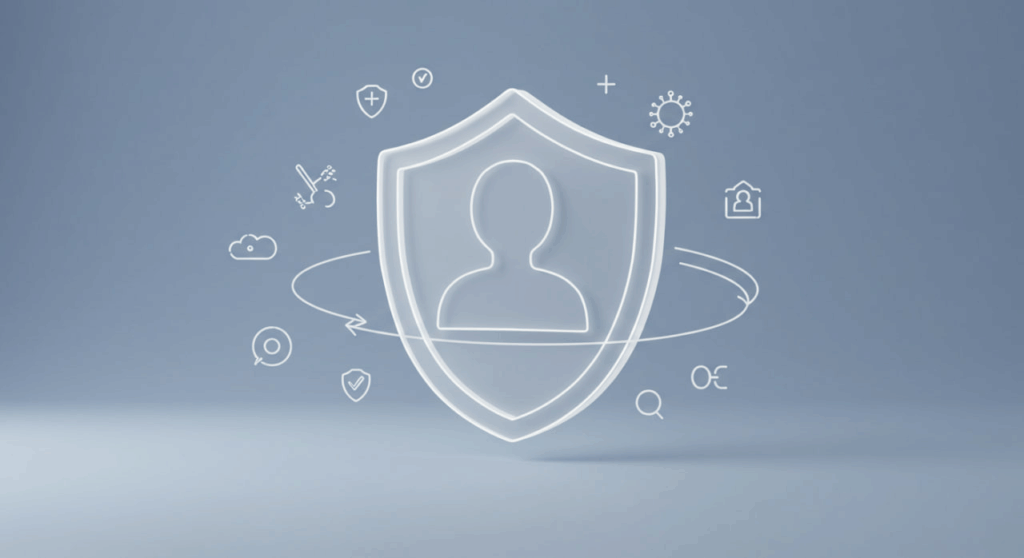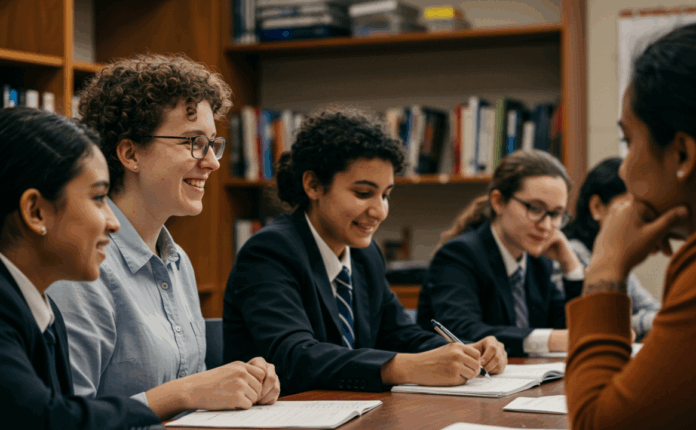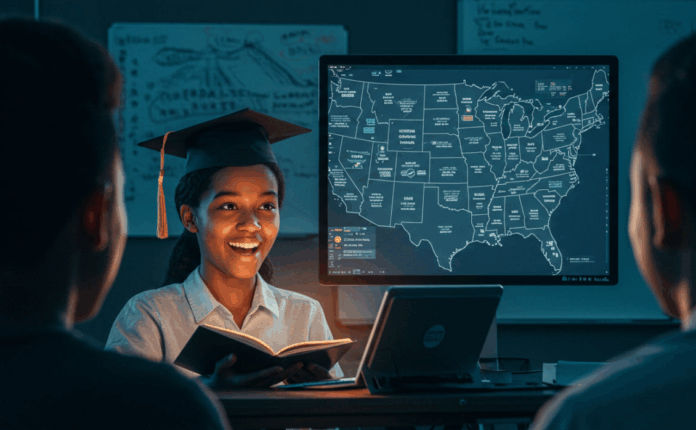The American classroom is undergoing a profound transformation, driven by innovative teaching methods and cutting-edge technology. As educators strive to prepare students for a rapidly changing world, K-12 and higher education institutions are embracing new approaches to foster critical thinking, creativity, and adaptability. From interactive digital tools to personalized learning models, the modern classroom is redefining how knowledge is delivered and absorbed. This article explores the exciting advancements shaping the future of education and their impact on the next generation of learners.
The Shift Toward Student-Centered Learning
Personalized Learning: Tailoring Education to Individual Needs
Traditional one-size-fits-all teaching models are giving way to personalized learning, where instruction is tailored to each student’s strengths, interests, and pace. Adaptive learning platforms, powered by artificial intelligence, analyze student performance in real time, adjusting lessons to address gaps in understanding or accelerate progress for advanced learners. For instance, platforms like DreamBox and Khan Academy provide K-12 students with customized math and reading exercises, ensuring they master concepts before advancing to the next level. This approach not only boosts academic outcomes but also builds confidence, as students feel empowered by their progress.
In higher education, personalized learning is gaining traction through competency-based education (CBE). Programs like those at Western Governors University allow students to progress by demonstrating mastery of skills rather than completing a set number of courses. This flexibility accommodates diverse learners, including working adults and non-traditional students, making education more accessible and relevant to real-world demands.
Project-Based Learning: Fostering Real-World Skills
Project-based learning (PBL) is another innovative method revolutionizing the classroom. By engaging students in hands-on, real-world projects, PBL encourages critical thinking, collaboration, and problem-solving skills essential for the 21st-century workforce. For example, a high school science class might design a sustainable energy solution for their community, integrating concepts from physics, environmental science, and economics. This approach not only makes learning more engaging but also helps students see the practical applications of their studies.

In colleges, PBL is often integrated into interdisciplinary courses, where students tackle complex problems such as climate change or public health crises. Universities like Stanford and MIT have adopted design thinking, a variant of PBL, to teach students how to innovate through iterative problem-solving. By working in teams to prototype solutions, students develop creativity and resilience, preparing them for dynamic careers.
Technology as a Catalyst for Change
Interactive Tools: Bringing Lessons to Life
Technology is reshaping the classroom experience by making lessons more interactive and immersive. Smartboards, virtual reality (VR), and augmented reality (AR) are transforming abstract concepts into tangible experiences. For instance, VR headsets allow K-12 students to explore ancient civilizations or dissect virtual organisms, providing a level of engagement that textbooks cannot match. In higher education, tools like Google Expeditions enable students to take virtual field trips to distant ecosystems or historical sites, enriching their understanding without leaving the classroom.
Moreover, learning management systems (LMS) like Canvas and Blackboard streamline communication between students and instructors. These platforms offer discussion boards, real-time quizzes, and assignment tracking, creating a seamless digital learning ecosystem. By integrating these tools, educators can focus more on teaching and less on administrative tasks, while students gain access to resources at any time and from anywhere.
Artificial Intelligence and Data Analytics in Education
Artificial intelligence (AI) is not just for tech companies—it’s making waves in education, too. AI-powered tools like Grammarly and Turnitin help students refine their writing, while chatbots offer instant feedback on assignments. In K-12 settings, AI-driven tutoring systems, such as Carnegie Learning’s MATHia, provide personalized guidance, enabling students to tackle challenging concepts at their own pace. These tools act as virtual teaching assistants, freeing educators to focus on mentoring and inspiring their students.
Data analytics is another game-changer, enabling educators to track student progress with unprecedented precision. By analyzing data from quizzes, attendance, and engagement, teachers can identify struggling students early and intervene before they fall behind. In higher education, institutions utilize predictive analytics to enhance retention rates by identifying at-risk students and providing targeted support. This data-driven approach ensures that no student slips through the cracks, fostering a more equitable learning environment.
The Role of Educators in the Modern Classroom
Professional Development for a Digital Age
As classrooms evolve, so must the educators who lead them. Professional development programs are crucial for equipping teachers with the skills to effectively integrate technology and innovative methods. Organizations like the International Society for Technology in Education (ISTE) offer certifications in digital tools, enabling teachers to leverage platforms such as Google Classroom or Microsoft Teams. These programs not only emphasize technical skills but also strategies for fostering collaboration and critical thinking in digital environments.
In higher education, faculty are encouraged to adopt “flipped classroom” models, where students watch lectures online and use class time for discussions and problem-solving. This approach, championed by institutions such as Harvard, maximizes active learning and enables professors to act as facilitators rather than lecturers. Continuous training ensures educators remain agile in a rapidly changing educational landscape.
Cultivating Social-Emotional Learning (SEL)
Innovative education isn’t just about academics—it’s about nurturing the whole student. Social-emotional learning (SEL) programs teach students essential skills such as empathy, resilience, and self-awareness, which are crucial for success in school and beyond. In K-12 classrooms, initiatives like the Collaborative for Academic, Social, and Emotional Learning (CASEL) provide frameworks for integrating SEL into daily lessons. For example, morning check-ins or group discussions help students process emotions and build stronger relationships with peers.
In higher education, SEL is gaining recognition as a tool for supporting mental health. Universities are incorporating mindfulness training and peer support groups to help students manage stress and foster a sense of community. By prioritizing SEL, educators create inclusive environments where students feel valued and motivated to learn.
Challenges and Opportunities Ahead
Bridging the Digital Divide
While technology holds immense potential, it also highlights disparities in access to it. The digital divide—unequal access to devices and reliable internet—remains a significant challenge, particularly in rural and underserved communities. Schools and universities are addressing this issue through initiatives such as one-to-one device programs and partnerships with internet providers to offer subsidized access. For example, programs like ConnectED have distributed laptops and hotspots to low-income students, ensuring they can access digital learning opportunities.
Higher education institutions are also stepping up, with some offering loaner laptops and campus-wide Wi-Fi to support students. However, closing the digital divide requires sustained investment and policy changes to ensure every student has the tools they need to succeed.
Preparing Students for an Uncertain Future
The ultimate goal of these innovations is to prepare students for a world that is constantly evolving. Automation, artificial intelligence, and globalization are reshaping industries, and education must keep pace with these changes. By emphasizing skills such as adaptability, creativity, and digital literacy, modern classrooms are equipping students to thrive in increasingly unpredictable environments. Interdisciplinary programs, such as those combining STEM with the humanities, encourage students to think holistically and approach problems from multiple perspectives.
Moreover, career-focused education is gaining prominence. K-12 schools are introducing coding boot camps and entrepreneurship programs, while colleges offer microcredentials and certifications in high-demand fields such as data science and cybersecurity. These initiatives ensure that students graduate with both academic knowledge and practical skills, ready to contribute to society.
Frequently Asked Questions (FAQ)
What is personalized learning, and how does it benefit students?
Personalized learning tailors instruction to individual student needs, utilizing tools such as adaptive software to adjust lessons based on performance. It benefits students by addressing their unique strengths and weaknesses, enhancing engagement, and improving academic outcomes.
How does technology enhance the classroom experience?
Technology enhances classrooms through interactive tools like VR and smartboards, which make lessons more engaging. Learning management systems and AI-driven platforms streamline tasks and provide personalized feedback, creating a more efficient and dynamic learning environment.
What is project-based learning (PBL)?
Project-based learning involves students working on real-world projects to apply academic concepts in a practical setting. It fosters skills such as critical thinking, collaboration, and problem-solving, thereby preparing students for future careers by connecting their learning to practical applications.
How are educators adapting to these changes?
Educators are adapting through professional development programs that teach digital tools and innovative methods, such as flipped classrooms. Continuous training ensures they can effectively integrate technology and foster skills like critical thinking and SEL.
What challenges does the digital divide pose in education?
The digital divide creates unequal access to technology and the internet, limiting some students’ ability to participate in digital learning. Schools and universities are addressing this issue through device loan programs and subsidized internet access, but broader solutions are still needed.
How does social-emotional learning (SEL) support students?
SEL teaches skills such as empathy, resilience, and self-awareness, helping students manage their emotions and build stronger relationships. In K-12 and higher education, SEL creates supportive environments that enhance mental health and academic success.



